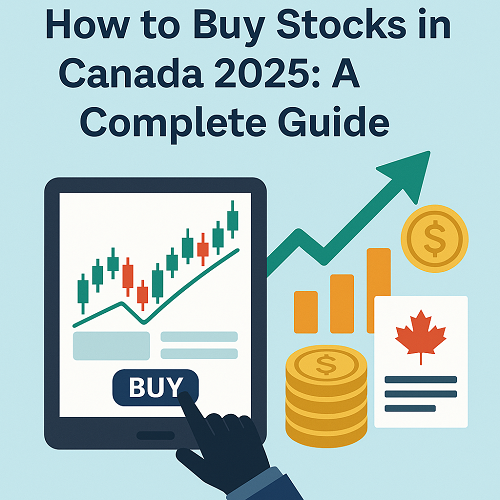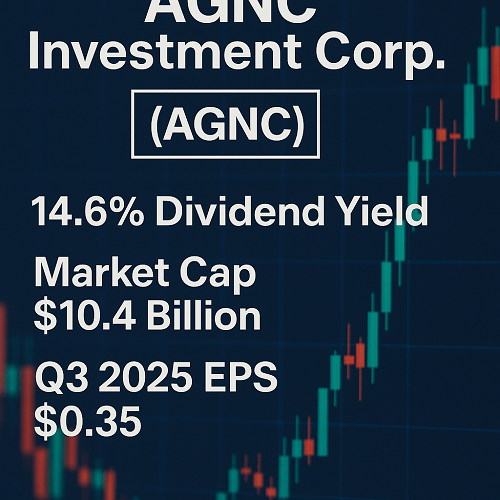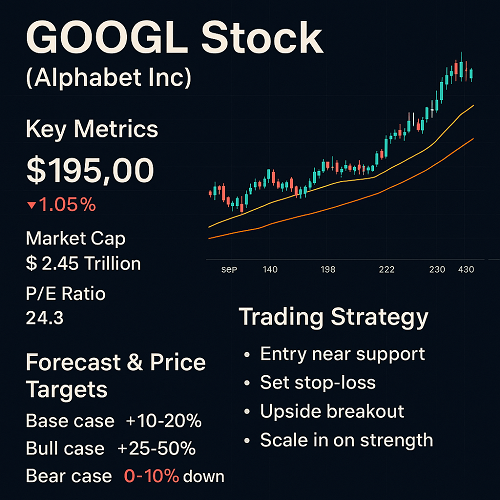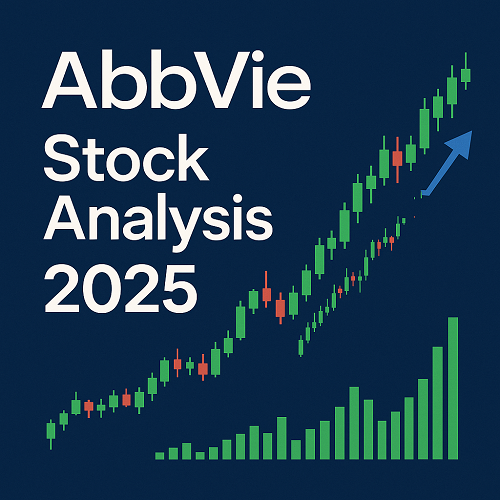Investing in individual stocks offers one of the most direct ways to build wealth over time — with the potential for high returns if done right. If you’re wondering how to buy stocks, this guide is for you. But it also carries higher risk than passive approaches. This guide walks you through every step, from selecting a brokerage to placing your first trade to managing your portfolio over time — all tailored to the Canadian market in 2025.
By the end, you’ll understand not only how to buy stocks in Canada, but also why to choose certain strategies, how to manage risk, and how to do it efficiently and cost-effectively.
Canadian Investing Fundamentals
Stock Exchanges & Market Structure
- TSX (Toronto Stock Exchange): Canada’s largest exchange.
- TSXV (TSX Venture Exchange): For smaller / junior companies.
- Canadian Securities Exchange (CSE): Emerging companies, many cannabis, tech, microcaps.
- U.S. markets: Many Canadian investors also trade U.S. equities — this introduces currency risk (CAD ↔ USD), cross-border tax implications, and ADRs.
Regulation is overseen by bodies like IIROC (investment dealer oversight), provincial securities commissions (e.g. OSC in Ontario), and SEDAR (for corporate filings).
Key Financial Statements & Metrics
To evaluate a company, you’ll want to analyze:
- Income Statement (Revenue, EBITDA, Net income)
- Balance Sheet (Assets, liabilities, equity)
- Cash Flow Statement (Operating, investing, free cash flow)
Important ratios include:
- Debt-to-equity
- Return on equity (ROE)
- Earnings per Share (EPS)
- Price-to-Earnings ratio (P/E)
- Price-to-Book (P/B)
- Quick ratio / current ratio
- Dividend payout ratio / yield
- Free cash flow yield
Also compare across peers / sector, and look at trend (are metrics improving over time?).
Step 1: Defining Your Goals & Strategy
Before putting on any trades:
- Time horizon — Are you investing for 5, 10, 20+ years, or looking for short-term gains?
- Risk tolerance — Can you stomach 20–40% drawdowns?
- Capital allocation — How much of your portfolio will be in equities vs other assets?
- Strategy style — Growth, dividend, value, momentum, or hybrid.
- Active vs Passive mix — Perhaps 70% in ETFs or passive, 30% in individual stocks.
Example allocation:
| Strategy Type | Percentage |
|---|---|
| Core diversified (ETF) | 50% |
| Dividend blue-chips | 20% |
| High-growth / tech bets | 15% |
| Speculative / small caps | 10% |
| Cash / buffer | 5% |
Step 2: Choosing a Brokerage in Canada
What to compare:
- Commissions & fees (per trade, currency conversion, inactivity, data fees)
- Platform usability & tools
- Access to markets (Canadian only, U.S., international)
- Fractional shares / ability to buy partial shares
- Order types & advanced execution
- Customer support & reliability
Brokerage comparison (sample):
| Broker | Commissions CAD | U.S. Trade Cost | Fractional Shares | Notable Tools / Notes |
|---|---|---|---|---|
| Questrade | ~$4.95–$9.95 | ~$4.95 + USD fee | Yes | Good research tools |
| Wealthsimple Trade | $0 CAD trades | ~$4.99 | Yes | Easy app, limited analytics |
| TD Direct Investing | ~$9.99 | ~$9.99 | Limited | Good all-around, many features |
| RBC Direct Investing | ~$9.95 | ~$9.95 | — | Integrated with RBC banking |
| Interactive Brokers Canada | Very low (tiered) | Very low | Yes | Advanced for active traders |
Also consider account types:
- TFSA — gains & dividends sheltered
- RRSP / RRIF — retirement savings accounts, tax deferred
- Non-registered / cash account — more flexibility but fully taxable
- Margin account — borrow to buy stocks (high risk)
Step 3: Research & Stock Selection
Fundamental Analysis
- Use your financial statement metrics
- Compare within sector / peers
- Look at growth trends (revenue/income over 3–5 yrs)
- Assess balance sheet strength (low debt, healthy liquidity)
- Evaluate management, competitive advantage, market dynamics
Technical / Price Analysis Basics
- Price trends, support / resistance zones
- Moving averages (e.g. 50-day, 200-day)
- Momentum indicators (MACD, RSI)
- Volume analysis
- Chart patterns (breakouts, triangles, channels)
Qualitative / Macro Factors
- Industry / regulatory tailwinds (e.g. ESG, clean energy)
- Competitive positioning, brand, network effects
- Management track record
- Catalysts (product launch, expansion, M&A)
Screening Tools
Use stock screeners (e.g. TMX Money, Morningstar, broker screeners) with filters like:
- Market cap > $200M
- P/E between 10–30
- EPS growth > 10%
- Dividend yield > 2% (if income focus)
- Debt/equity < 1
Step 4: Getting Quotes & Market Data
- Use real-time both for Canadian and U.S. equities
- Understand bid/ask spread, market depth, order book
- If your broker offers Level II data, you can see multiple levels of bids/asks
- Use tools or dashboards that show trade volume, intraday highs/lows, relative strength, heatmaps
Step 5: Placing Your Order
This is where execution matters.
Order Types Explained
- Market Order — buy immediately at the available best price (fast but may incur slippage)
- Limit Order — specify maximum you’ll pay (for buy) or minimum you’ll accept (for sell)
- Stop Loss Order — becomes a market order when a stop price is hit
- Stop-Limit Order — becomes limit order when stop is hit
- Trailing Stop — stop price moves with favorable price movement
- Fill-or-Kill (FOK) — either fills entire order immediately or cancels
- All-or-None (AON) — only execute full quantity, not partial
- Iceberg Order — reveals only part of the order to the market (for large orders)
Choosing Order Duration & Execution
- Day Order vs Good-Til-Cancelled (GTC)
- Time-in-Force instructions
- Partial fills — be aware your order might only partially fill
- Smart order routers / internalization by broker (may route via dark pools)
Example Walkthrough (Mock Trade)
- Stock: ABC.TO
- You enter a limit buy at CAD $20.50 for 100 shares
- Order placed as GTC
- Only 50 shares fill at $20.50 — the rest waits
- You monitor; if price drops to $20.40, you cancel remainder
- Later sell with a limit sell or stop-loss
(With screenshots / visuals this becomes more compelling.)
Step 6: Post-Trade & Portfolio Management
- Monitor real-time and historical performance
- Benchmark vs index (e.g. TSX Composite)
- Rebalance periodically
- Use DRIPs (dividend reinvestment plans) if your broker supports them
- Set alerts (price, volume, news)
- Use trailing stops, conditional orders for risk management
- Keep a trading journal (entry, rationale, outcome)
Taxes, Reporting & Legal in Canada
Capital Gains & Inclusion Rate
- In Canada, 50% of capital gains are taxable
- E.g. If you gain CAD $10,000, CAD $5,000 is added to your taxable income
- If you hold in TFSA, capital gains & dividends are tax-free
Dividends
- Eligible dividends (public Canadian corporations) are taxed more favorably (gross-up & tax credit)
- Non-eligible dividends (small business, others) taxed higher
- U.S dividends for Canadian residents may have withholding tax, but you may recover via foreign tax credit
Registered Accounts & Tax Shelter
- Use TFSA, RRSP to shelter gains
- Be careful with active trading — tax authorities may treat frequent trades as business income rather than capital gains
- Superficial loss / wash sale rules — if you sell at a loss and buy back within 30 days, loss may be denied
Reporting
- T3, T5 slips for investment income
- Schedule capital gains / losses on your tax returns
- Foreign reporting (form T1135) if holding foreign property above threshold
Advanced Tactics & Tips
- Dollar-cost averaging (DCA) vs lump sum
- Dividend growth investing — targeting companies that grow dividends consistently
- Momentum / growth investing — ride trends, but with protective rules
- Sector rotation — overweight sectors with tailwinds (e.g. energy, AI)
- Using covered calls / protective puts to generate income or hedge
- Margin / leverage — use only cautiously; be aware of margin calls
- Swing / short-term trading — requires stricter discipline, technical setup
Common Mistakes & Pitfalls
- Trading emotionally / chasing “hot tips”
- Ignoring commissions, slippage, spreads
- Failing to diversify (putting too much into one stock)
- Overtrading (too frequent)
- Neglecting tax costs
- Misusing margin
FAQs
What’s the minimum to start investing in Canada?
You can start with as little as CAD $100 (or less if your broker supports fractional shares).
Are fractional shares available in Canada?
Yes — several brokerages (Wealthsimple, Questrade’s Digital, others) now offer fractional shares.
When is the best time to buy stocks?
Market timing is extremely difficult. Many investors use DCA or look for pullbacks.
How much are commissions in Canada?
Typical self-directed brokers charge CAD $4.95–$9.95 per trade, though many discount or zero-commission options exist.
Can non-residents invest in TSX?
In many cases yes, though some brokerages require Canadian residency or tax documentation.
What is a DRIP?
A Dividend Reinvestment Plan lets you automatically reinvest dividends to buy more shares, sometimes at discounted or no fee.
Conclusion & Next Steps
- ✅ Checklist:
- Choose a Canadian brokerage and open the right account
- Fund the account
- Research a stock you like
- Place an order (start small)
- Monitor, learn, adjust
- Suggested reading:
- Guides on specific strategies (dividend growth, momentum)
- Broker reviews
- Canadian tax / investing law resources
- Disclaimer: This article is for educational purposes and does not constitute financial advice. Always do your own due diligence or consult a licensed advisor.





 XAUT-USD
XAUT-USD  AMD
AMD  MARA
MARA  SHOP
SHOP  BULL
BULL  CL=F
CL=F